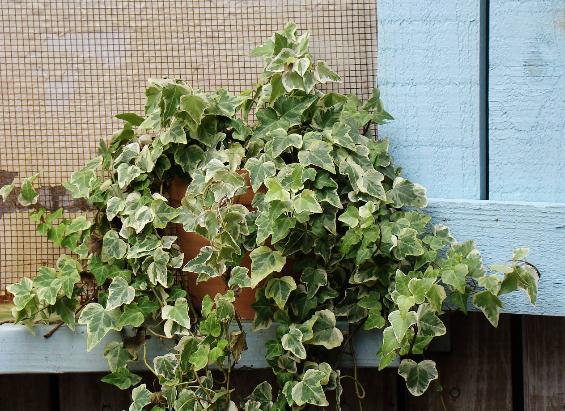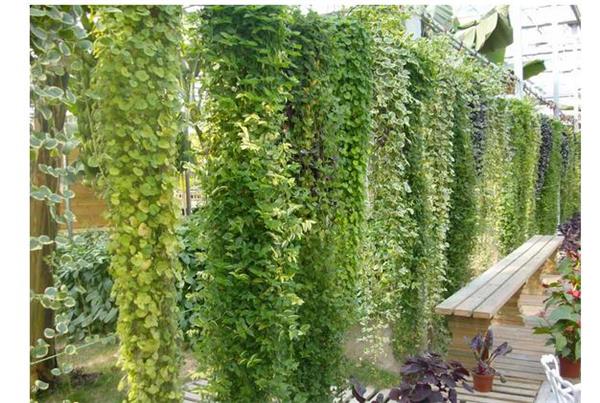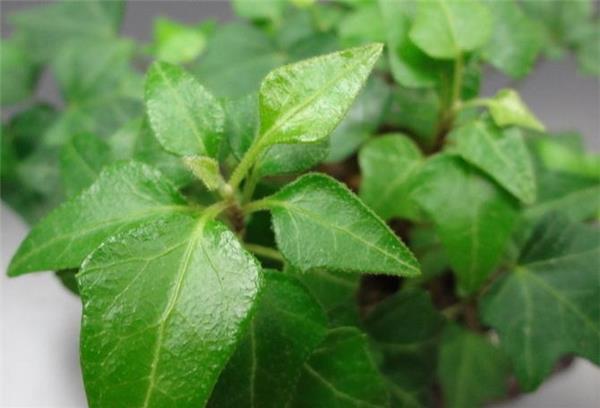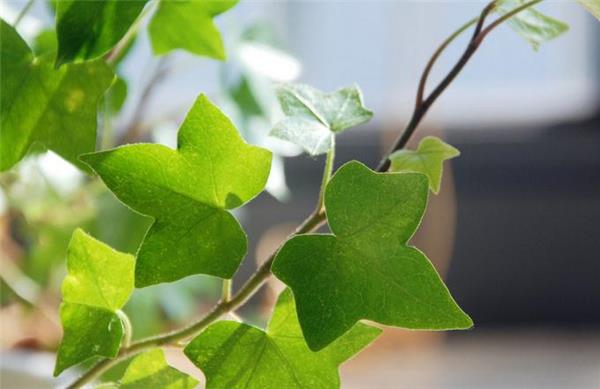What are the culture methods and matters needing attention of Ivy
Many friends do not have a special understanding of the culture methods of ivy, and there are always some problems in the process of culture. So, how should ivy be raised? Today, let's give you a brief introduction. Let's take a look at it.

An introduction to Ivy
Ivy, also known as Ivy, Araliaceae, is a common rattan leaf plant in the south. Because the four seasons are evergreen, and the flowering period is generally in autumn, it can also bear fruit, so it is often used as vertical greening. It can often be seen on the inner wall of the garden, which is a good wall decoration plant. And its whole plant can be used as medicine, can remove rheumatism, treat fall injury, many of the important ingredients for the treatment of arthritis have ivy.
Ivy culture method
1. Transplanting
When potted, we should pay attention to shading in summer and overwintering in winter. Keep the basin soil moist during the growing period, do not be too dry, and pay attention to ventilation. Thin and dilute fertilizer should be applied 2-3 times a year; if too much fertilizer is applied, the graceful characteristics of the plant will be lost. When planting, heavy pruning should be done to promote branching. After that, a proper pruning will be carried out every spring to truncate the main vine to control its overgrowth. Pay attention to ambient ventilation at ordinary times.
2. Soil
Ivy is not strict on the soil, resistant to barren, like moist, loose, fertile sandy soil, avoid saline-alkaline soil. Generally use fertile loose soil as pot substrate, such as garden soil and rotten leaf soil mixed in the same amount, or mixed with rotten leaf soil, peat soil and fine sandy soil with a small amount of base fertilizer, or by pastoral soil, plant ash and a small amount of base fertilizer, plant ash can not only keep the potted soil loose and breathable, but also have more potash to meet the growth of ivy. It can also be cultivated with water moss alone.

3. Lighting
Ivy is a typical negative vine, which is resistant to dampness and can grow in full light. Can be cultivated in bright rooms for a long time. In a dark room, it can grow well as long as it is supplemented with light. It grows well in warm and humid climate and is not resistant to cold.
4. Watering
Be most careful under the plum rain and the high temperature in summer. The ivy placed outdoors during the rainy season should be poured out as soon as there is stagnant water in the basin, so as not to stain and rot the roots for a long time. The high ambient temperature in summer is disadvantageous to the growth of ivy, and the growth is stagnant above 30 ℃, so foliar sprinkler irrigation should be used. If there is not enough water, the base of the plant is easy to lose leaves.

Matters needing attention in Ivy Culture
1. The temperature should be suitable.
Ivy is more warm in habit, and the suitable temperature for growth is 20 ℃-25 ℃, so it is best to keep it indoors. And attention should be paid to the circulation of air and the suitability of temperature in summer, and the lowest temperature should be kept at 5 ℃ in winter. Of course, it can generally be kept at 10 ℃.
2. the illuminance should be moderate.
Only in this way can we ensure that the leaves are consistent in shape and bright in color. But also avoid direct glare, because too much bright light can cause sunburn.
3. Watering should be moderate.
In the growing season to see dry and wet (that is, do not let the basin soil too wet, also can not be too dry), if too much water will have rotten roots and fallen leaves. Especially in winter, the temperature is on the low side, so it is especially necessary to control watering, as long as the basin soil is a little moist.
4. Reasonable fertilization
When cultivating ivy at home, the basin soil can be made of rotten leaves or charcoal soil mixed with 4 river sand and a small amount of bone powder, and thin pancake fertilizer and water can be applied once in 2 to 3 weeks in the growing season. General summer and winter do not apply fertilizer, fertilization should also be careful not to choose to apply nitrogen fertilizer. When fertilizing, we should also be careful not to defile the leaves, so as not to cause the leaves to scorch.

This is the end of the introduction of ivy culture methods and matters needing attention. I believe that after reading it, we will have a certain understanding of ivy culture methods. I hope the relevant knowledge points introduced today can be helpful to everyone.
Related
- Wuhan Hospital Iron Tree Blooming Result Was Instantly Frightened by the Gardener Master
- Which variety of camellia is the most fragrant and best? Which one do you like best?
- What is the small blue coat, the breeding methods and matters needing attention of the succulent plant
- Dormancy time and maintenance management of succulent plants during dormancy
- Minas succulent how to raise, Minas succulent plant pictures
- What are the varieties of winter succulent plants
- How to raise succulent plants in twelve rolls? let's take a look at some experience of breeding twelve rolls.
- Attention should be paid to water control for succulent plants during dormant period (winter and summer)
- Watering experience of twelve rolls of succulent plants
- Techniques for fertilizing succulent plants. An article will let you know how to fertilize succulent plants.



